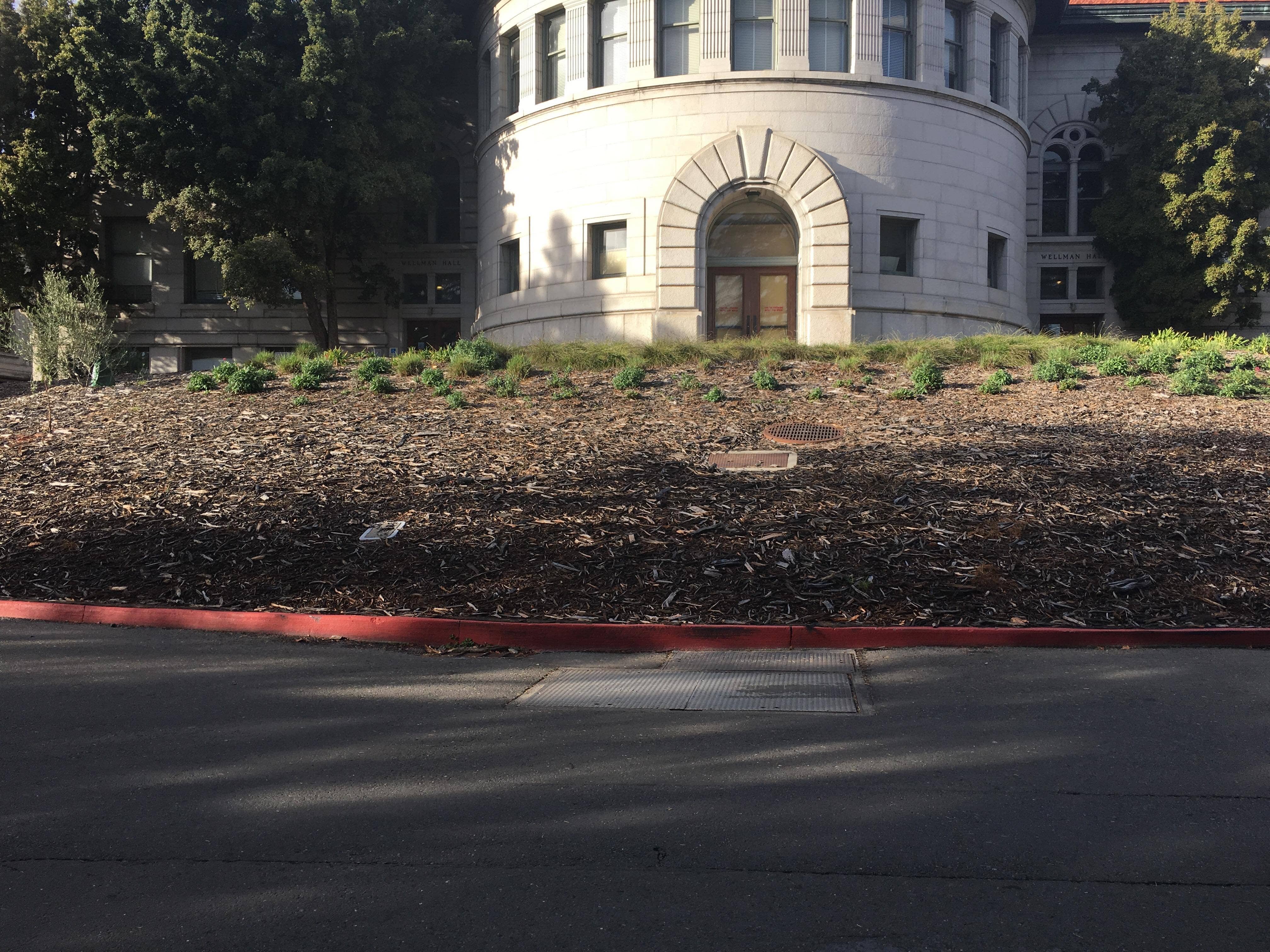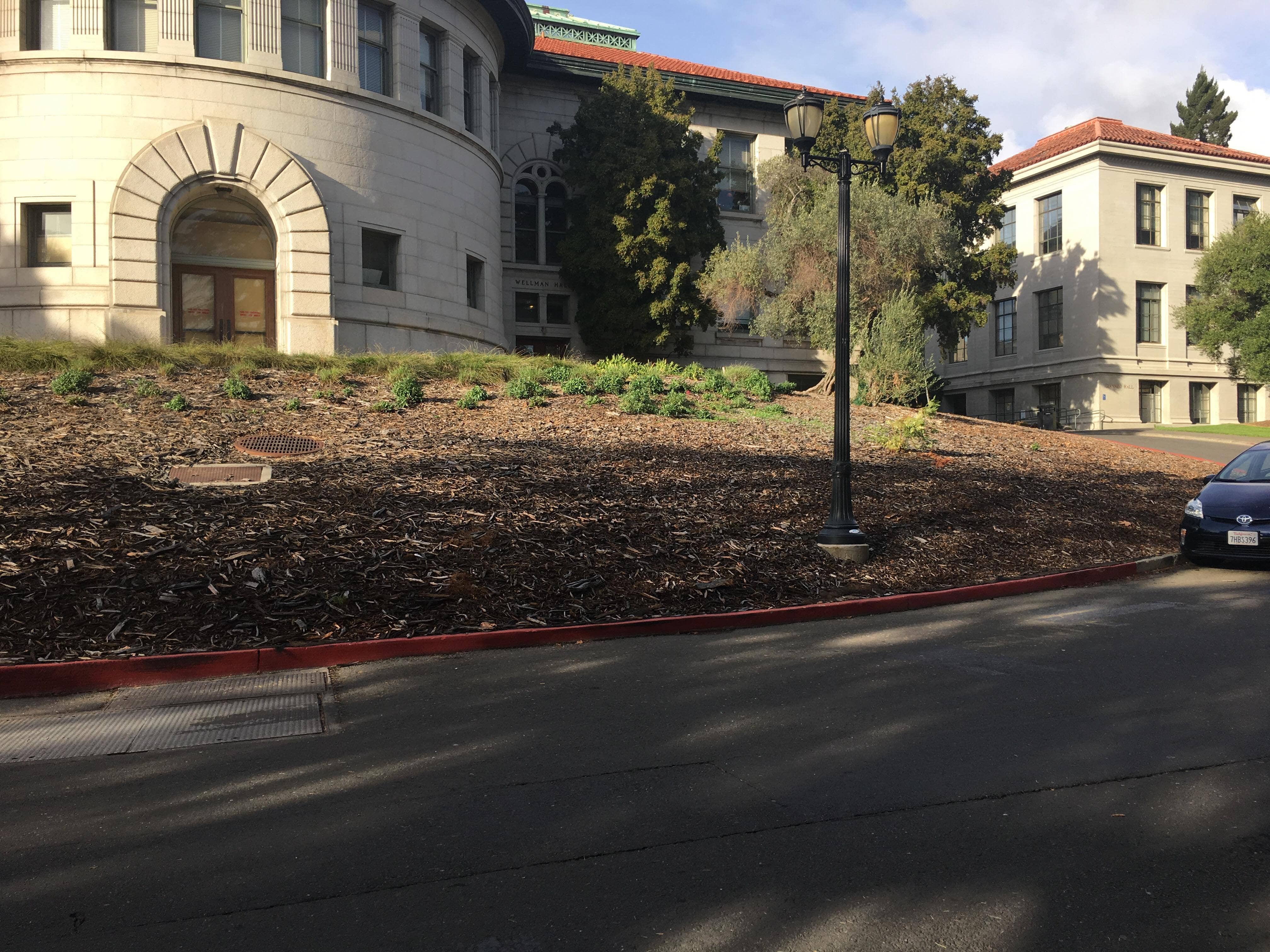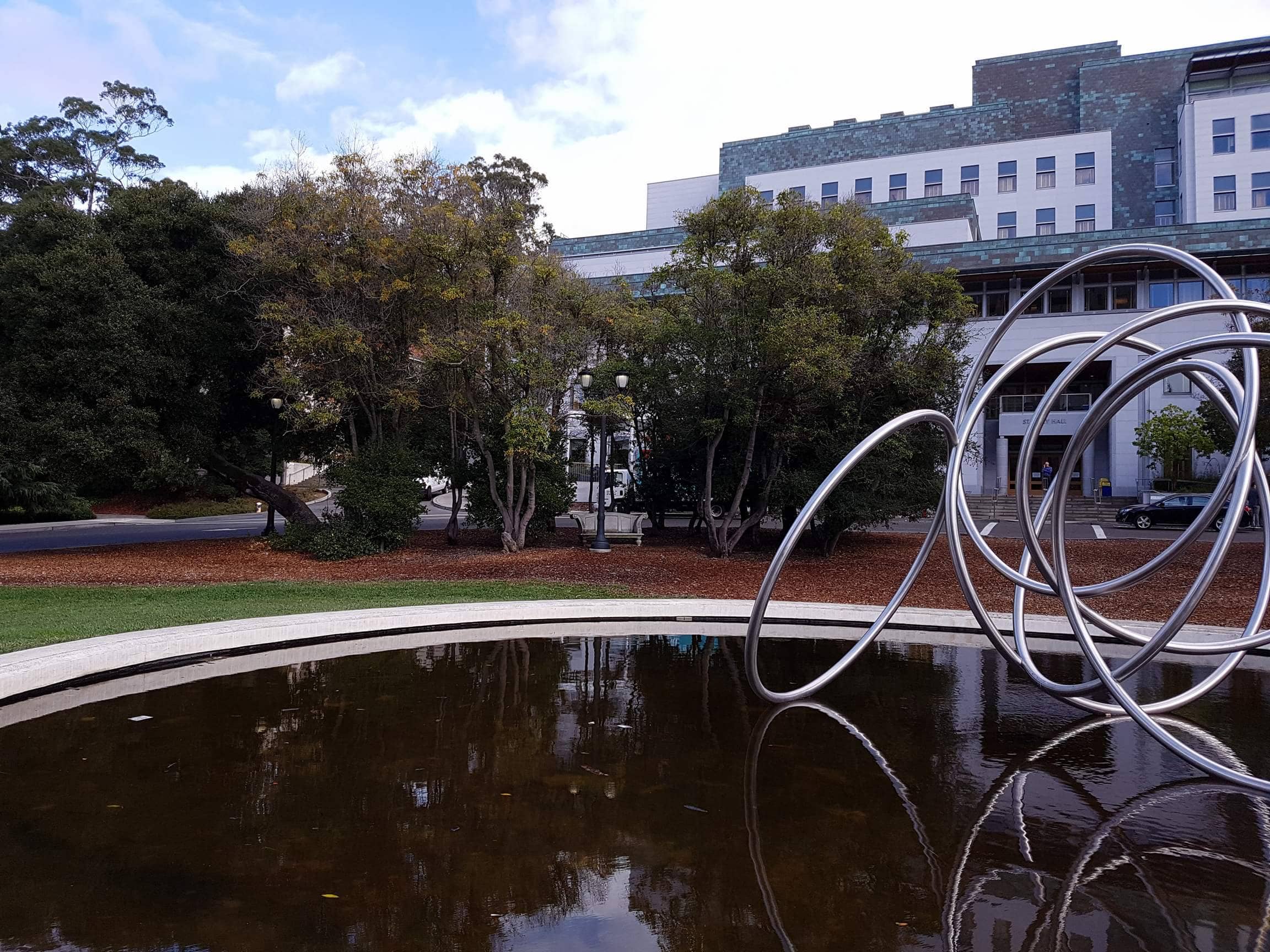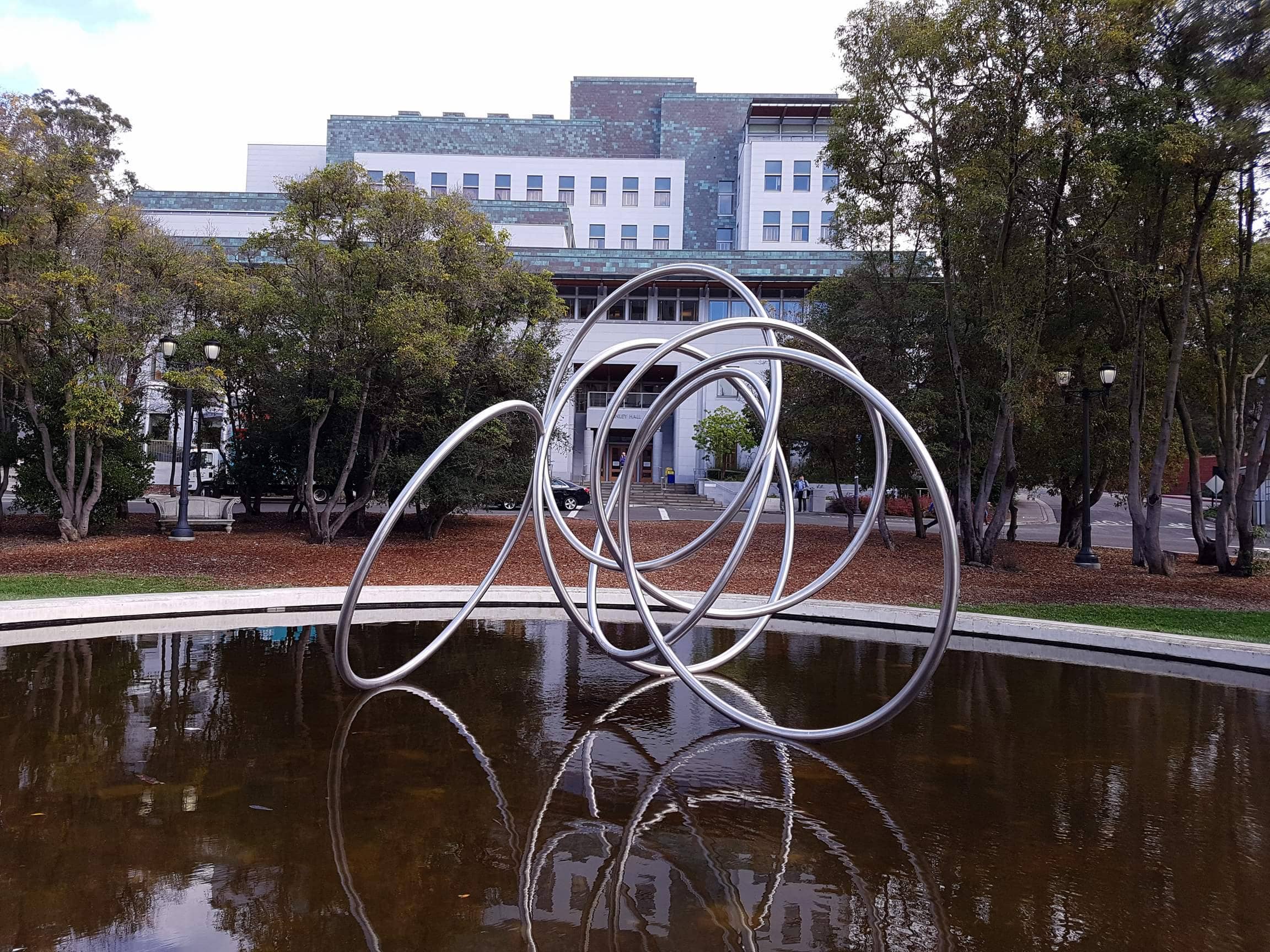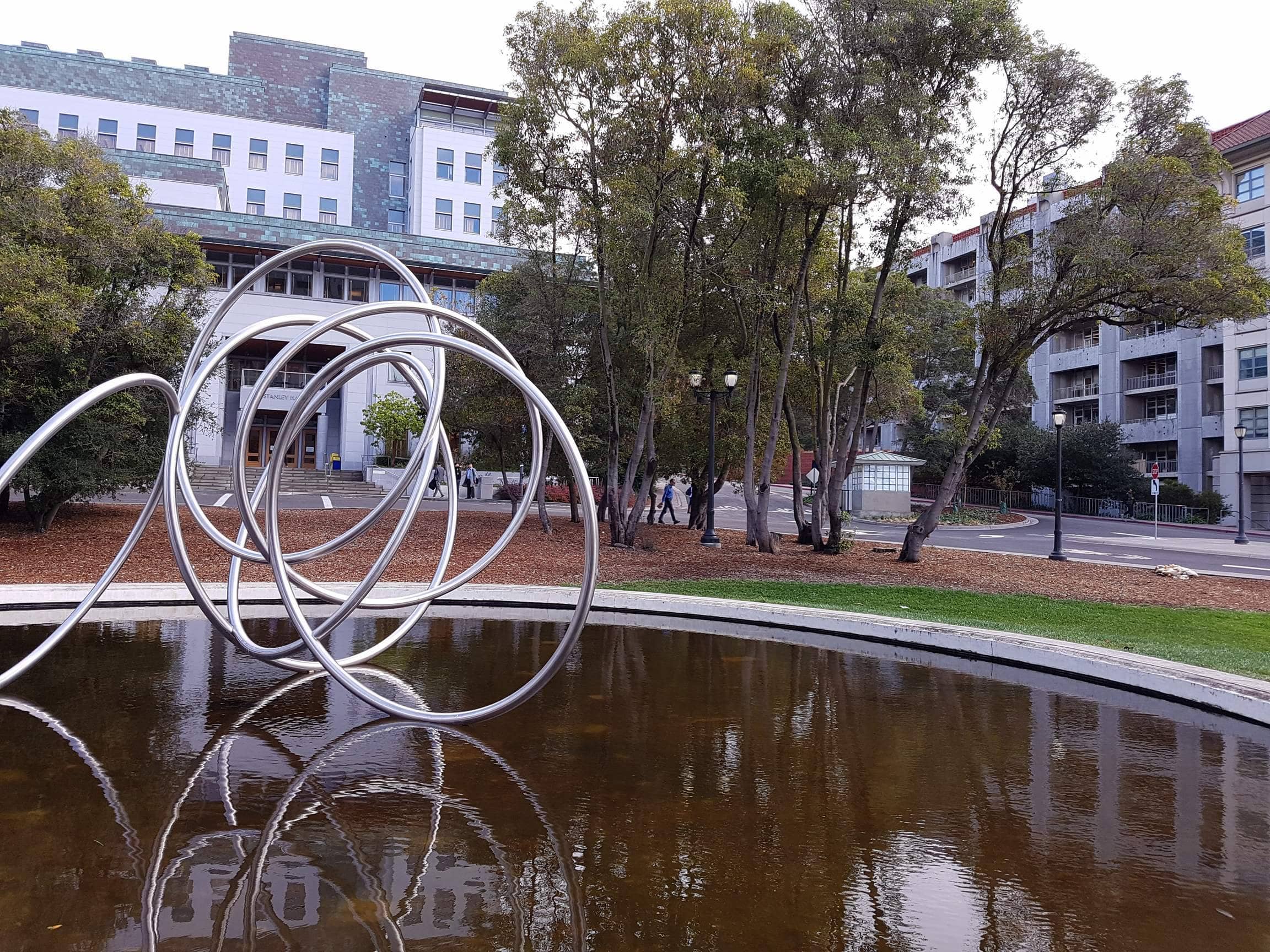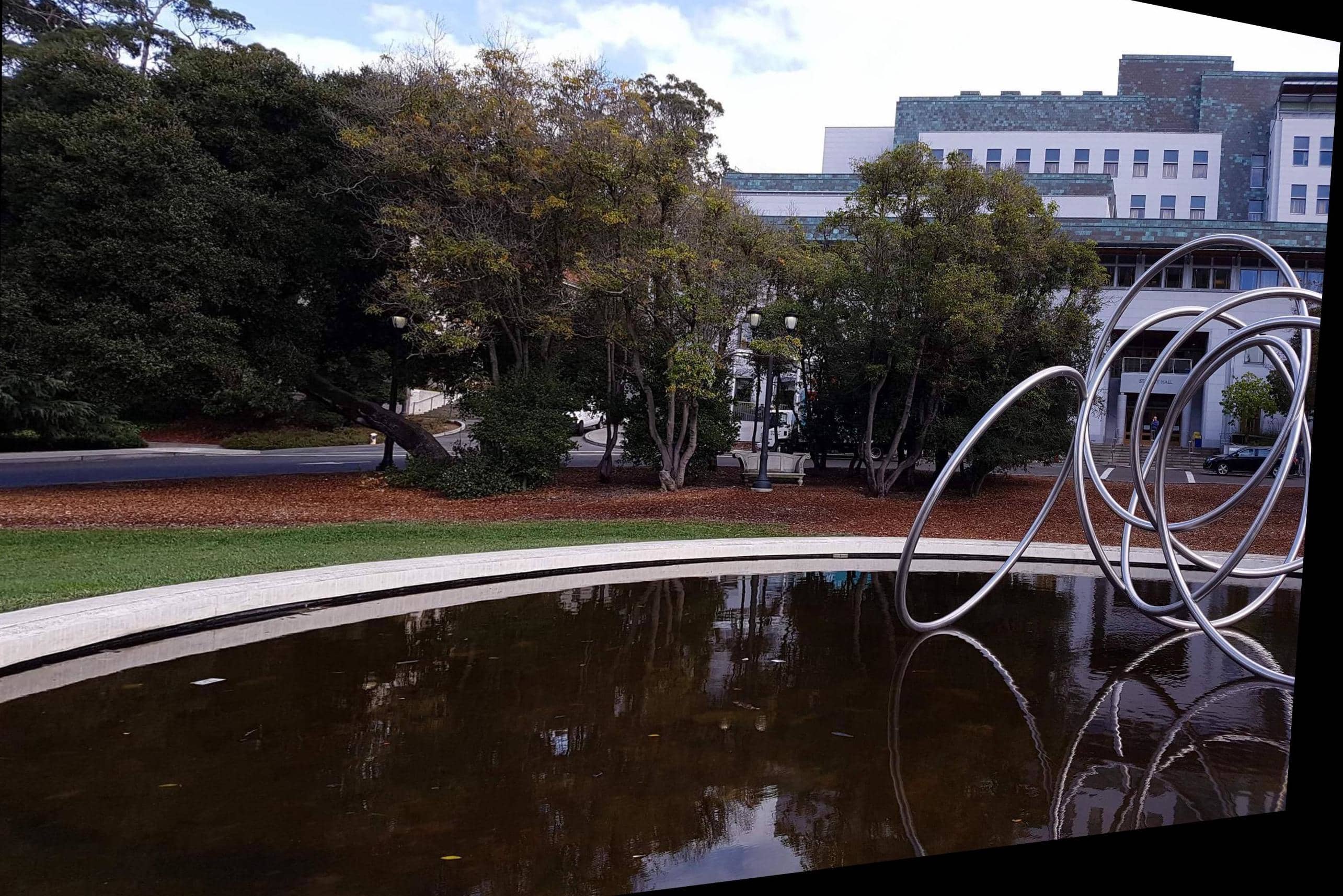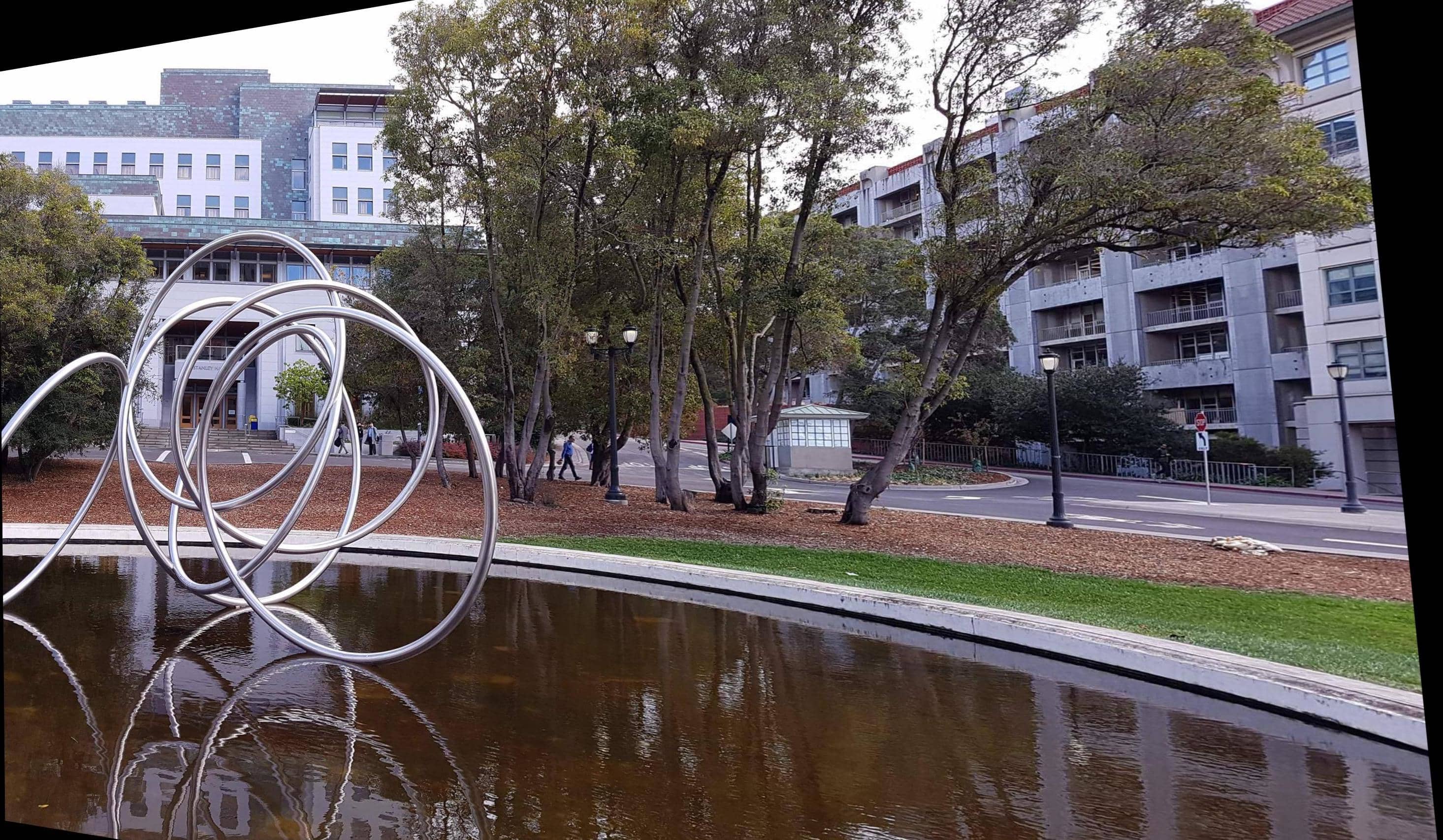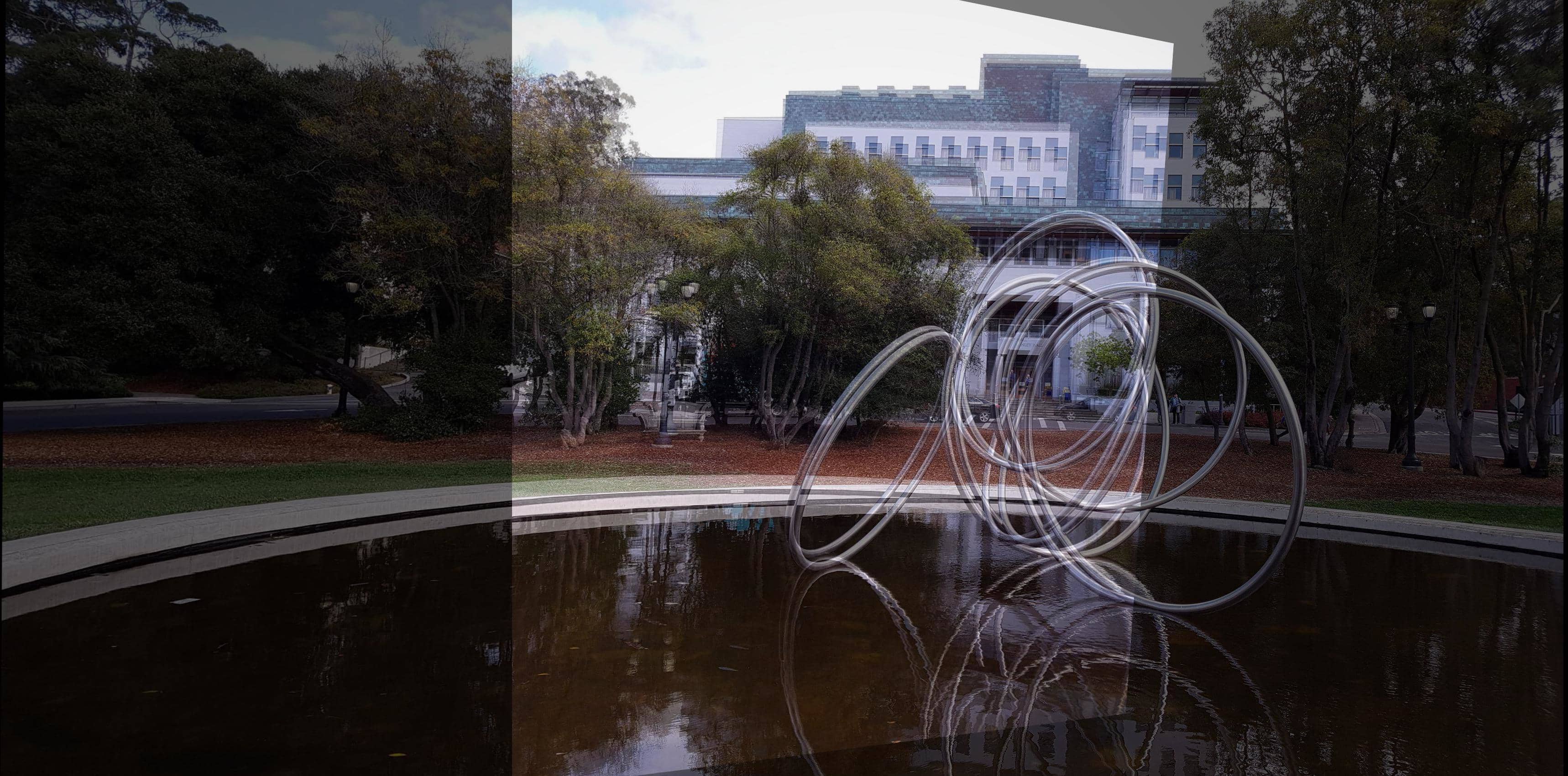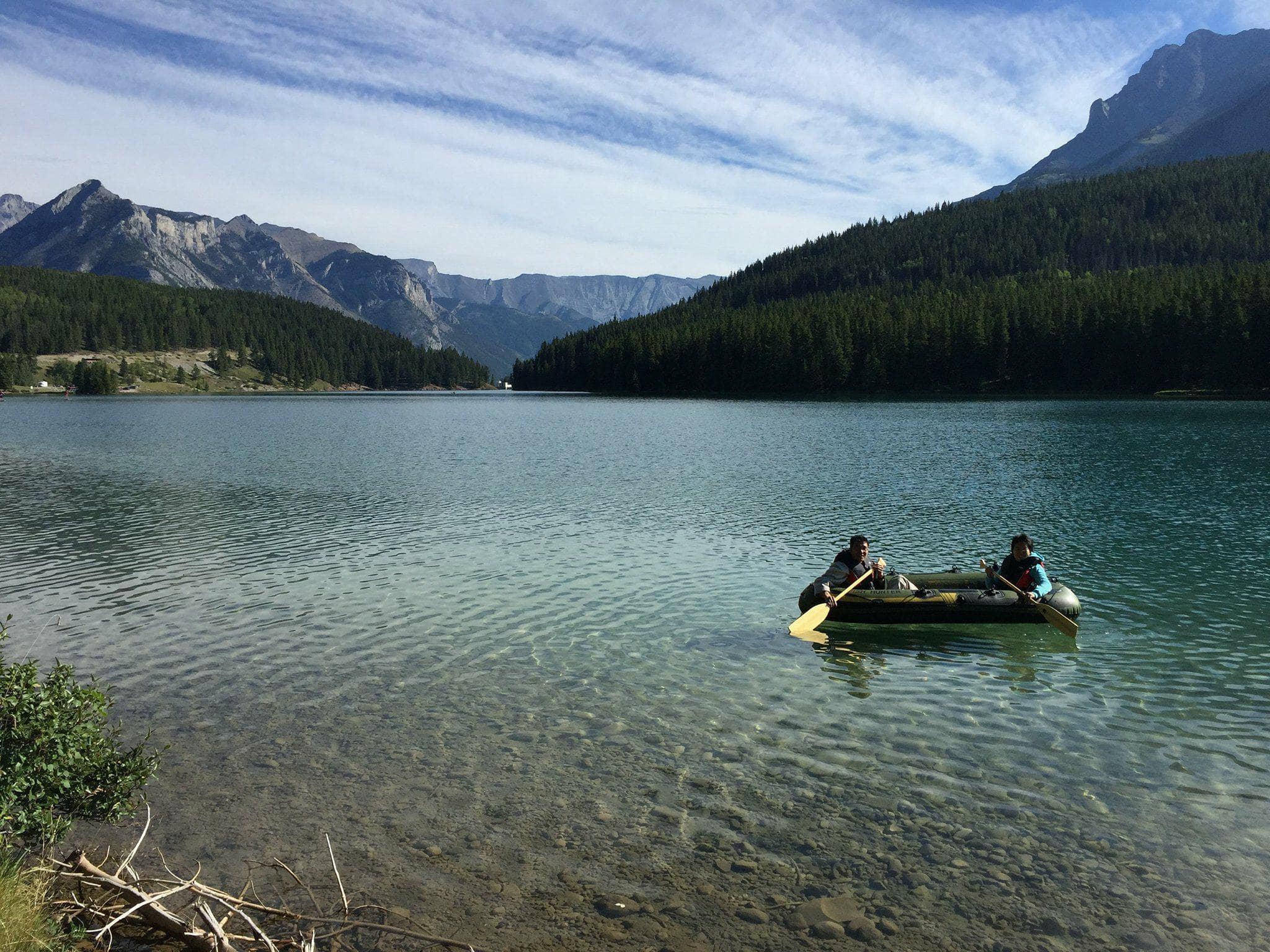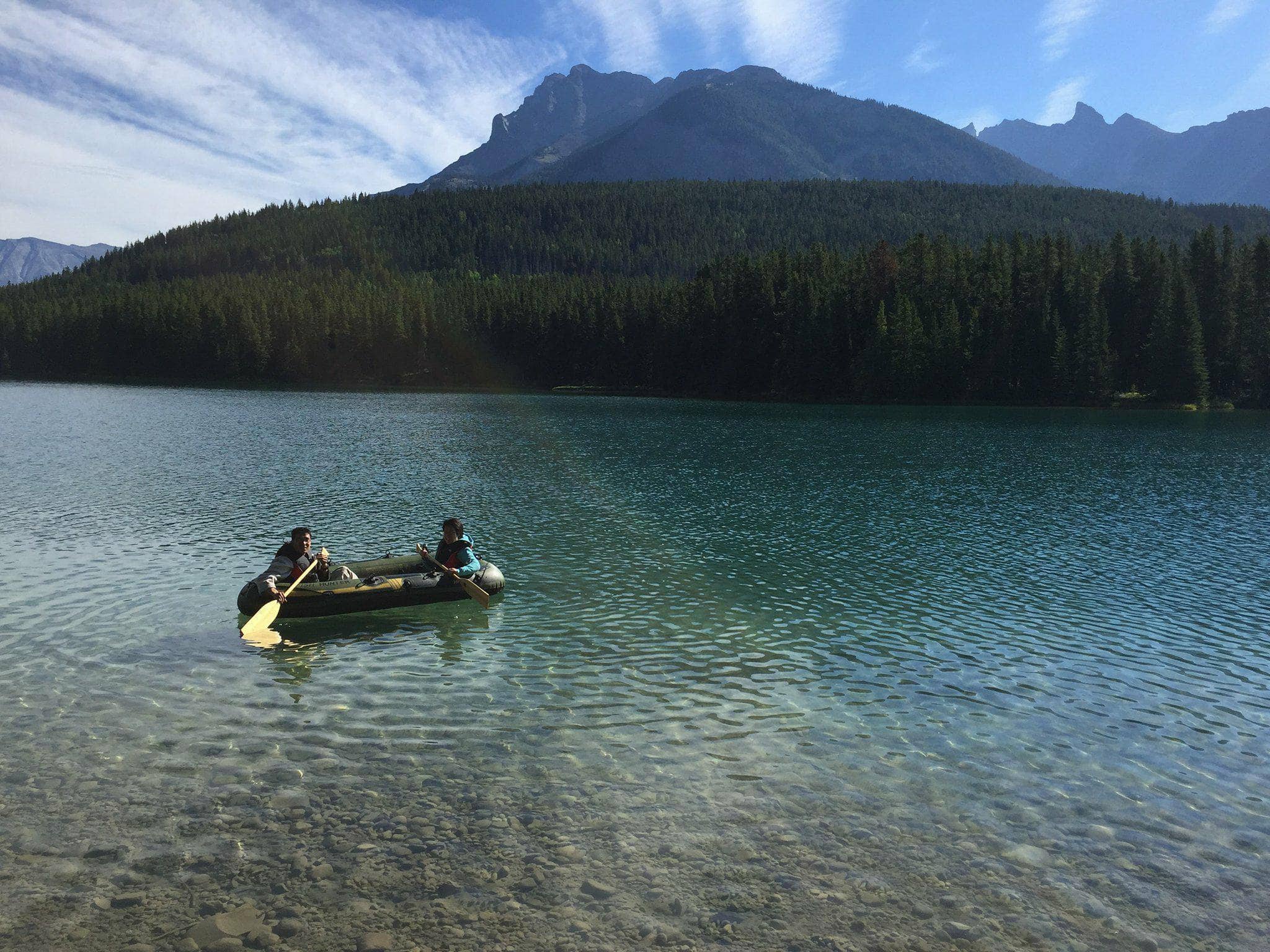Image Rectification

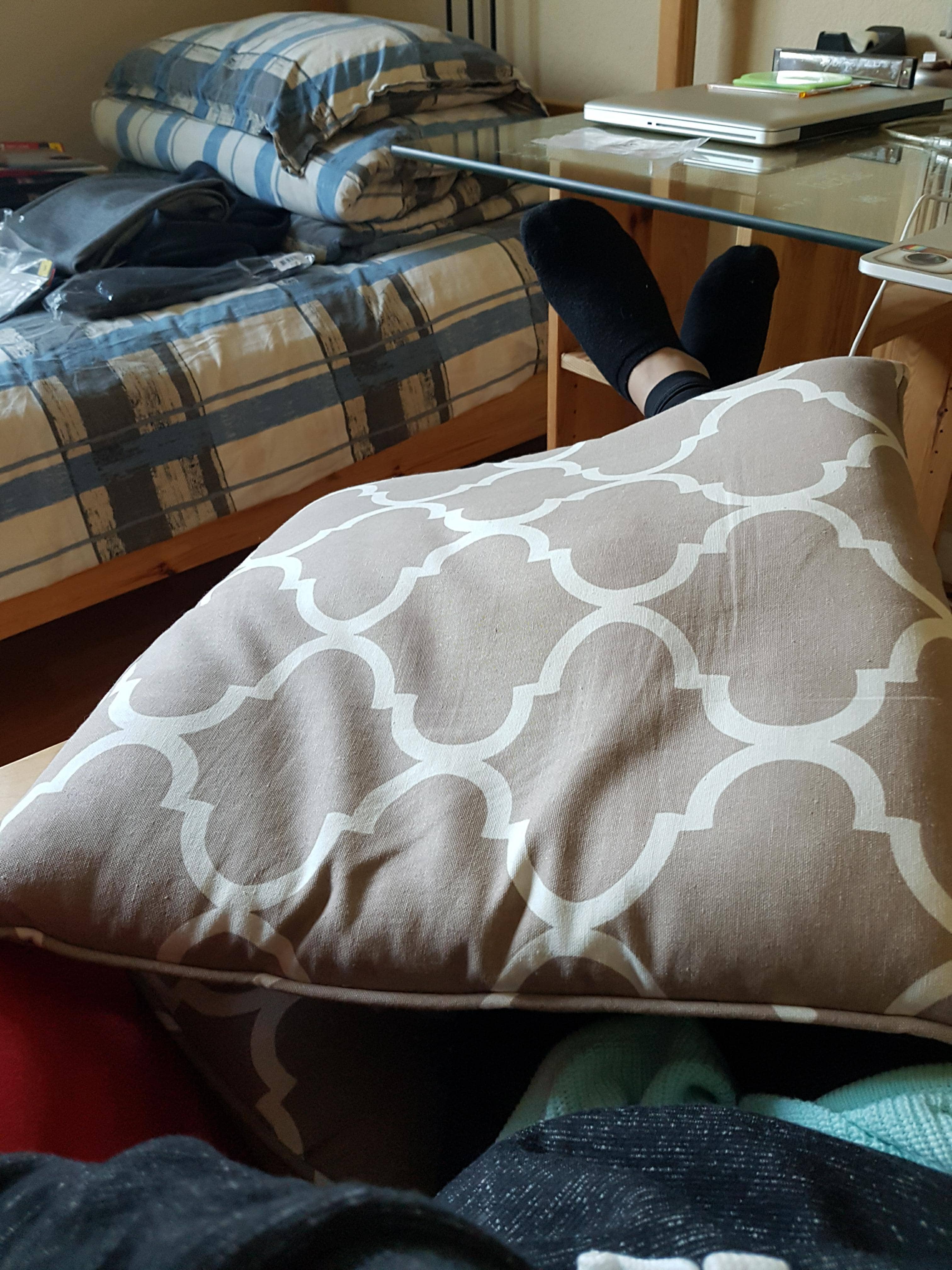
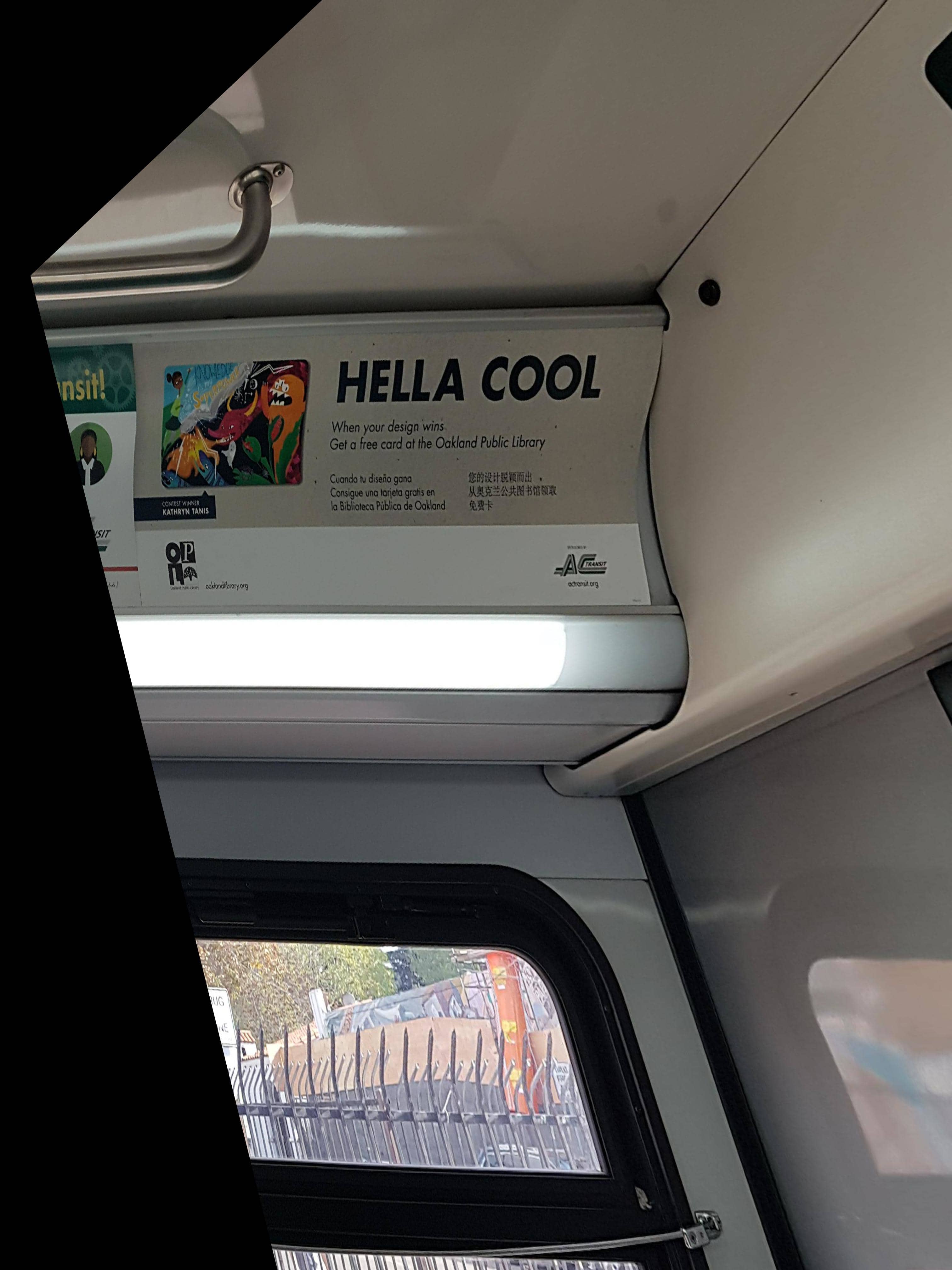

Using what we learned in class we can show that images can be rectified - above are two shots where the object of interest is not quite frontal planar. We can then use our understanding of homographies to transform the image to be "facing the camera" and thus get a cool result. We map our points of interest, 4 is sufficient, to the corners of a box. By calculating the corresponding homography we can transform the entire image and get something that looks like the above. The area we care about is nicely rectified though my foot is twisted into an unrecognizable thing.
